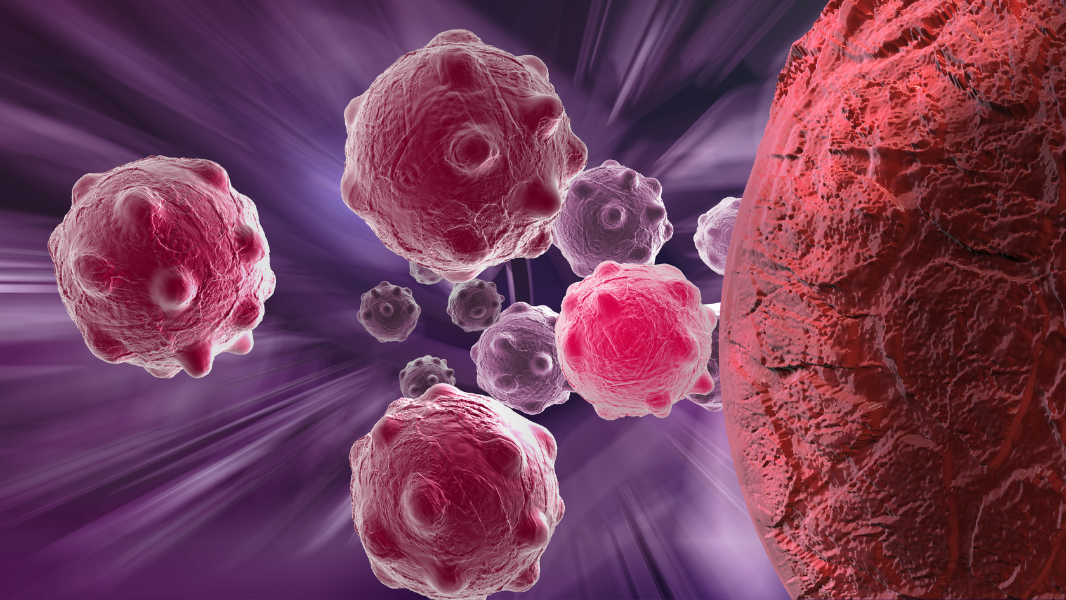The future of medicine: Overcoming challenges to scale cell and gene therapy in Singapore
Tue, 04/11/2023 - 12:00
According to the Alliance for Regenerative Medicine, global investment levels in the cell and gene therapy (CGT) sector hit US$22.7 billion in 2021, up 14 per cent from US$19.9 billion in 2020. While interest in the novel regenerative medicine has grown in tandem with innovation, hurdles to scale these therapies remain.
At a recent networking event organised by SGInnovate and Biotech Connection Singapore (BCS) supported by The Biomedical Sciences Industry Partnership Office BMSIPO, the biotech community came together to discuss developments that lie ahead for the CGT sector. The night kicked off with an expert panel moderated by SGInnovate CEO Dr Lim Jui.
The panellists, Dr Ronne Yeo, Associate Professor Danny Soon, Dr Cecilia Zhang and Mr Thomas Willemsen discussed key areas of concern as companies in the field seek to bring their products to market.
(left to right) Dr Lim Jui with panellists Dr Ronne Yeo, Associate Professor Danny Soon, Dr Cecilia Zhang and Mr Thomas Willemsen.
Challenges to obtaining approval
Panellists agreed that CGT products face unique challenges in their bid to obtain approval from regulatory bodies. For instance, the Food and Drug Administration in the United States, has only approved around 25 CGT products to date, of which only around half are specialised engineered CGT products.
A major obstacle is manufacturing, said Mr Willemsen, President and CEO of Tessa Therapeutics. Compared to small molecule drugs which are typically synthesized chemically and produced at scale, and which made up some 90 per cent of pharmaceutical drugs in 2019, CGT products are harder to scale due to the lack of a standardised process.
“We also have to do a longer follow-up (for CGT products) in our clinical trials compared to small molecules,” he said.
(Left to right) Chief Science Officer of Biosyngen, Dr Cecilia Zhang and President and CEO of biotech company Tessa Therapeutics, Mr Thomas Willemsen.
Standardisation presents a challenge even at the clinical trial stage. Dr Zhang, the Chief Science Officer of Biosyngen, noted that clinical trial design is a “case-by-case issue” and has to be tailored to factors such as a patient’s comorbidities and the unique features of each cell. For example, how much and how quickly a cell can divide – referred to as its proliferation potential – will affect dosage during treatment.
Panellists concurred that the field of CGT is in its nascent stages, and the need for stronger regulatory oversight is important.
Bridging startups and big pharma
Despite growing interest in CGT, investment flow slowed in 2022, with the sector witnessing an 87 per cent decrease in equity offerings, and a 33 per cent drop in venture funding.
By all indications, the “biotech bubble” has been slowing down over the past year. A reason is due to investors being more focused on clinical validation of the novel technologies yielded by the initial wave of investment, shared Mr Ronne Yeo, Managing Director of EVX Ventures. The process could take a while, considering the long maturation time of technologies due to the need for rigorous testing.
This has left a funding gap that startups are seeking to fill through strategic alliances with big pharma. In 2020, Mr Yeo played a key role in securing a research collaboration deal worth over US$900 million between Carmine Therapeutics, the flagship company of EVX Ventures, and Japan’s Takeda Pharmaceuticals.
However, the panel shared that CGT startups face challenges when it comes to attracting big pharma partners. These companies must be able to back their products up with sound clinical data and align their offerings with the overarching product portfolios of big pharma.
It is difficult but worthwhile, said Mr Willemsen, adding that strategic alliances help to avoid situations where scientists “cook their own soup and only want to do what was invented in their own kitchen”. So far, such partnerships have been progressing, with the total deal value of strategic alliances in the CGT field more than tripling.
A developing local CGT ecosystem
The local CGT scene, though small compared to major markets like the US, is showing promising signs of progress.
In recent years, the launch of the Advanced Cell Therapy and Research Institute, Singapore (ACTRIS) and Thermo Fisher Scientific Inc’s Cell Therapy Collaboration Centre Programme, to name a few, are efforts seeking to help CGT developers scale up and commercialise.
However, panellists observed that the CGT ecosystem in Singapore remains small compared to major markets like the US, hampering efforts to bring products to market.
The advantage that Singapore has is its “helicopter view and a deliberate focus on integration”, noted Assoc Prof Soon, who is CEO at the Consortium for Clinical Research and Innovation, Singapore (CRIS) and interim Executive Director of Advanced Cell Therapy and Research Institute, Singapore (ACTRIS), among other appointments.
The integration could go up a notch, he added, with government agencies, institutes of higher learning and clinicians working in tandem to accumulate data. This will encourage knowledge sharing and ensure companies do not reinvent the wheel.
Dr Zhang noted that most cancers are still untreatable, so demand for such treatments will continue to increase. Even if the CGT market may seem saturated, especially for chimeric antigen receptor (CAR-T) technologies, the panel concluded that there is still more room for the industry to grow.
Find out more about SGInnovate's upcoming networking and community events here.
Trending Posts
- Scaling nanomaterials is challenging — Meet the startup with a hybrid solution
- Surveying Singapore's early-stage emerging tech startup landscape
- Mentor's Perspective: How hiring a TCM Physician has benefitted this MedTech startup
- From meridian points to machine learning
- A Guide to Singapore’s Cell & Gene Therapy Ecosystem






